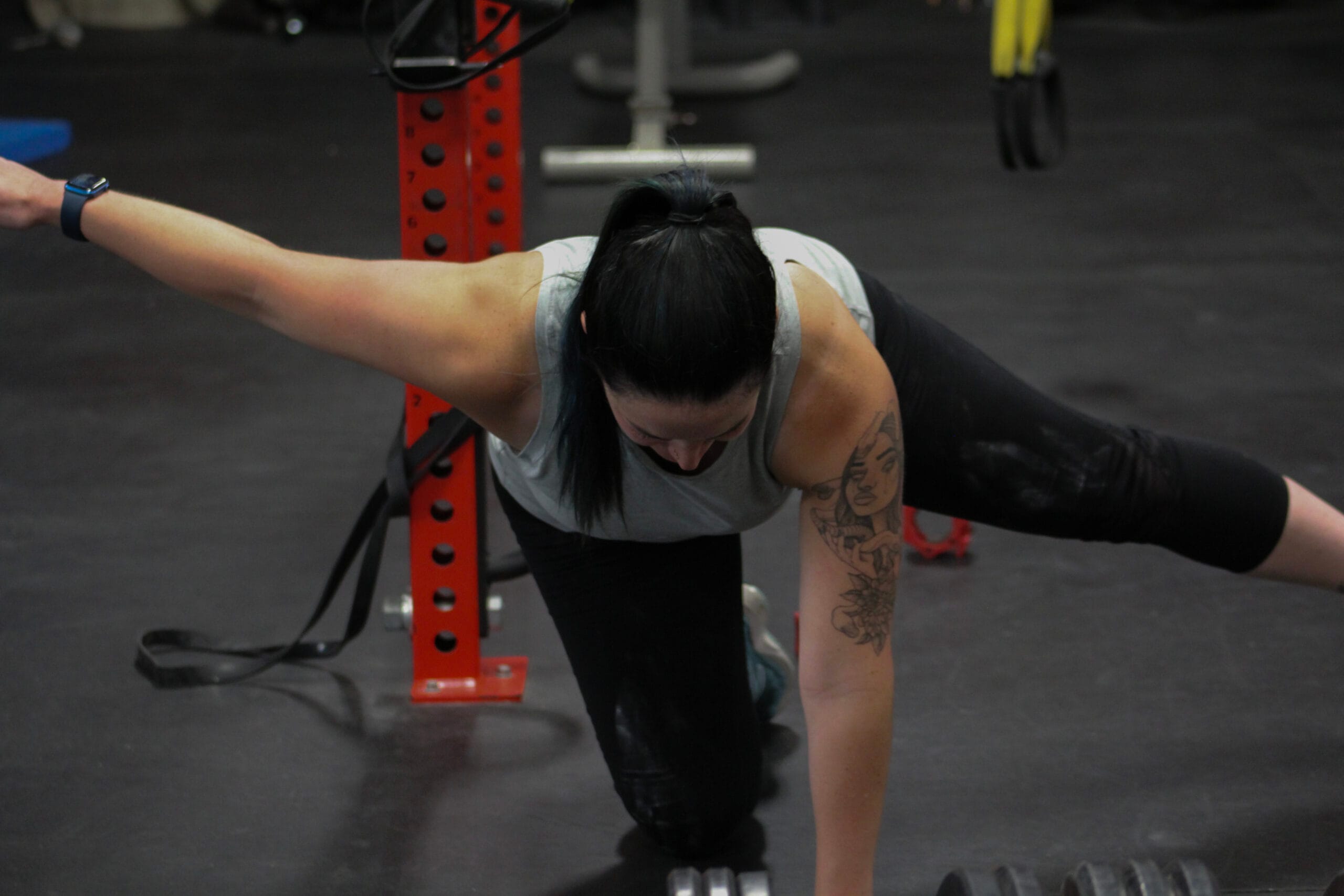
Is it ok to Strength Train During Pregnancy?

Pregnancy is a time of incredible change, and maintaining an active lifestyle can help support a healthy journey for both mom and baby. But when it comes to working out while pregnant, many questions arise: What exercises are safe? How can I stay active as my body changes? Here’s everything you need to know about staying strong and healthy during this transformative time.
Regular physical activity during pregnancy offers a wide range of benefits:
- Improved blood flow to the uterus: Better blood flow means more oxygen and nutrients delivered to the fetus.
- Improved Mood: Exercise helps reduce stress, anxiety, and pregnancy-related mood swings.
- Enhanced Energy Levels: Staying active can help fight fatigue and boost energy throughout the day.
- Reduced Discomfort: Strengthening your muscles and improving flexibility can alleviate common pregnancy aches like back pain.
- Better Sleep: Regular movement can improve sleep quality and reduce insomnia.
- Easier Labor and Recovery: Exercise strengthens the muscles needed for childbirth and can speed up postpartum recovery.
Safe Exercises by Trimester
It isn’t encouraged to start an aggressive strength training program after you become pregnant. Instead begin with body weight movements, and light weights focusing on technique and more reps (think 10+).
If you’ve been regularly training with moderate-high intensity (think 5 reps or less with heavy weights), then you could continue training with light-moderate weights (the weight shouldn’t be so heavy that we can’t get even 5 reps).
First Trimester:
- If you’ve been exercising and lifting weights before pregnancy, you can continue to do so (just avoid heavy lifting or exercises that force you to hold your breath).
- Focus on establishing a consistent routine if you weren’t active before pregnancy.
- Stick to low- or moderate-intensity activities like walking, swimming, or bodyweight exercises.
- Avoid overheating and stay hydrated.
Second Trimester:
- Modify exercises to accommodate your changing body. Avoid lying flat on your back for long periods.
- Continue with bodyweight and gentle strength training to support your posture as your center of gravity shifts.
- Balance-focused exercises can help maintain coordination.
Third Trimester:
- Opt for low-impact movements that prioritize comfort, such as stationary cycling or water aerobics.
- Choose exercises and weights that don’t cause pain.
- Use props like stability balls or chairs for additional support.
- Focus on deep breathing and pelvic floor exercises to prepare for labor.
Exercise Do’s and Don’ts
Do:
- Get medical clearance before starting any exercise program. and have regular check ups with your doctor.
- Listen to your body and adjust intensity as needed.
- Use the Rate of Perceived Exertion (RPE) scale to stay in a moderate-intensity range (5-6 on a 10-point scale).
- Prioritize hydration and avoid overheating.
Don’t:
- Start a rigorous training program when you become pregnant.
- Lift heavy weights (<5 reps) or hold your breath to increase abdominal pressure (valsalva maneuver).
- Perform exercises that require you to lie flat on your back or stomach (sit ups, crunches, etc.).
- Perform exercises with a high risk of falling or abdominal trauma, like contact sports or skiing.
- Push through discomfort, pain, or dizziness.
- Overstretch due to increased joint laxity from pregnancy hormones.
Key Modifications and Tips
- Posture and Alignment: Keep a neutral spine and avoid movements that strain your lower back. As our alignment changes some exercises may not feel good on our back.
- Core Strength: Focus on anti-rotation and stability exercises like bird dogs and side planks instead of traditional crunches.
- Pelvic Floor Health: Incorporate Kegel exercises to strengthen pelvic floor muscles.
- Rest and Recovery: Allow extra time for warm-ups, cool-downs, and rest between sets.
When to Stop Exercising
Stop exercising and consult your healthcare provider if you experience:
- Vaginal bleeding or fluid leakage
- Dizziness or fainting
- Shortness of breath before starting exercise
- Chest pain or irregular heartbeat
- Uterine contractions or abdominal pain
The Bottom Line
Staying active during pregnancy is one of the best ways to support your and baby’s overall health. Prepare for the demands of childbirth and the recovery afterwards. By listening to your body and making smart modifications, you can safely enjoy the benefits of exercise throughout your pregnancy.
If you’re looking for more personalized guidance, consider working with a coach who can guide you through a training plan that prioritizes your health. Having professional support can make all the difference in maintaining an active and healthy lifestyle during pregnancy.
